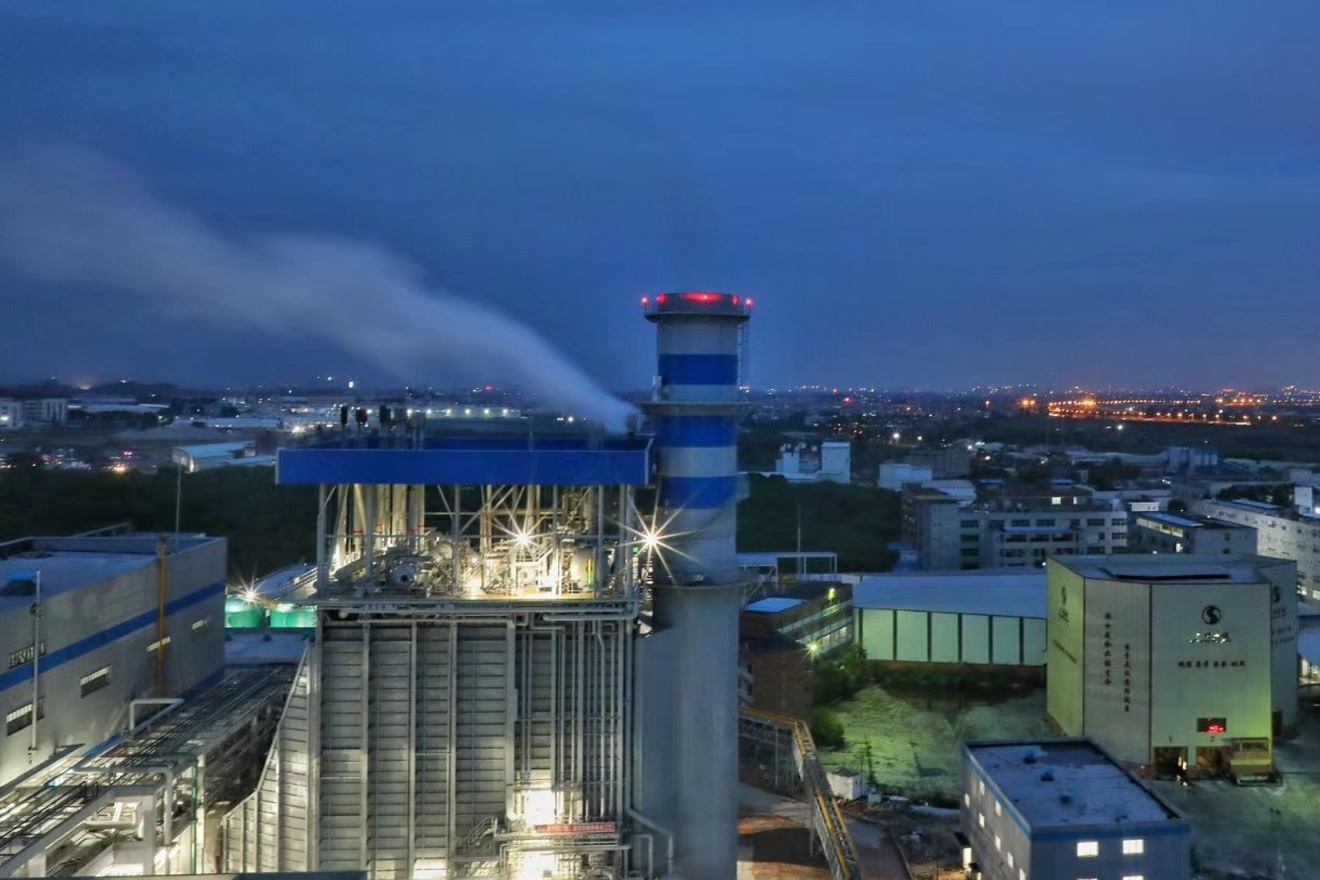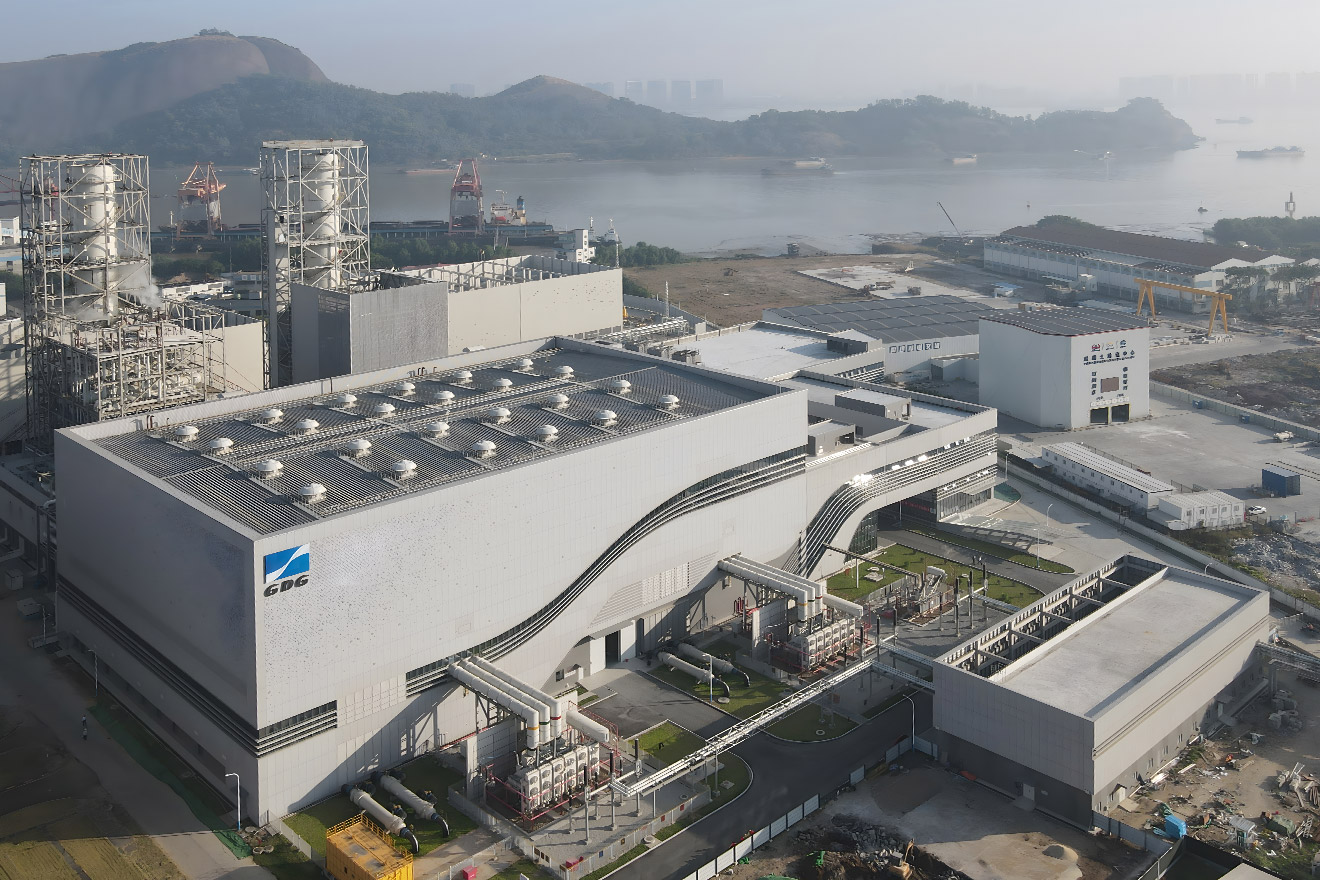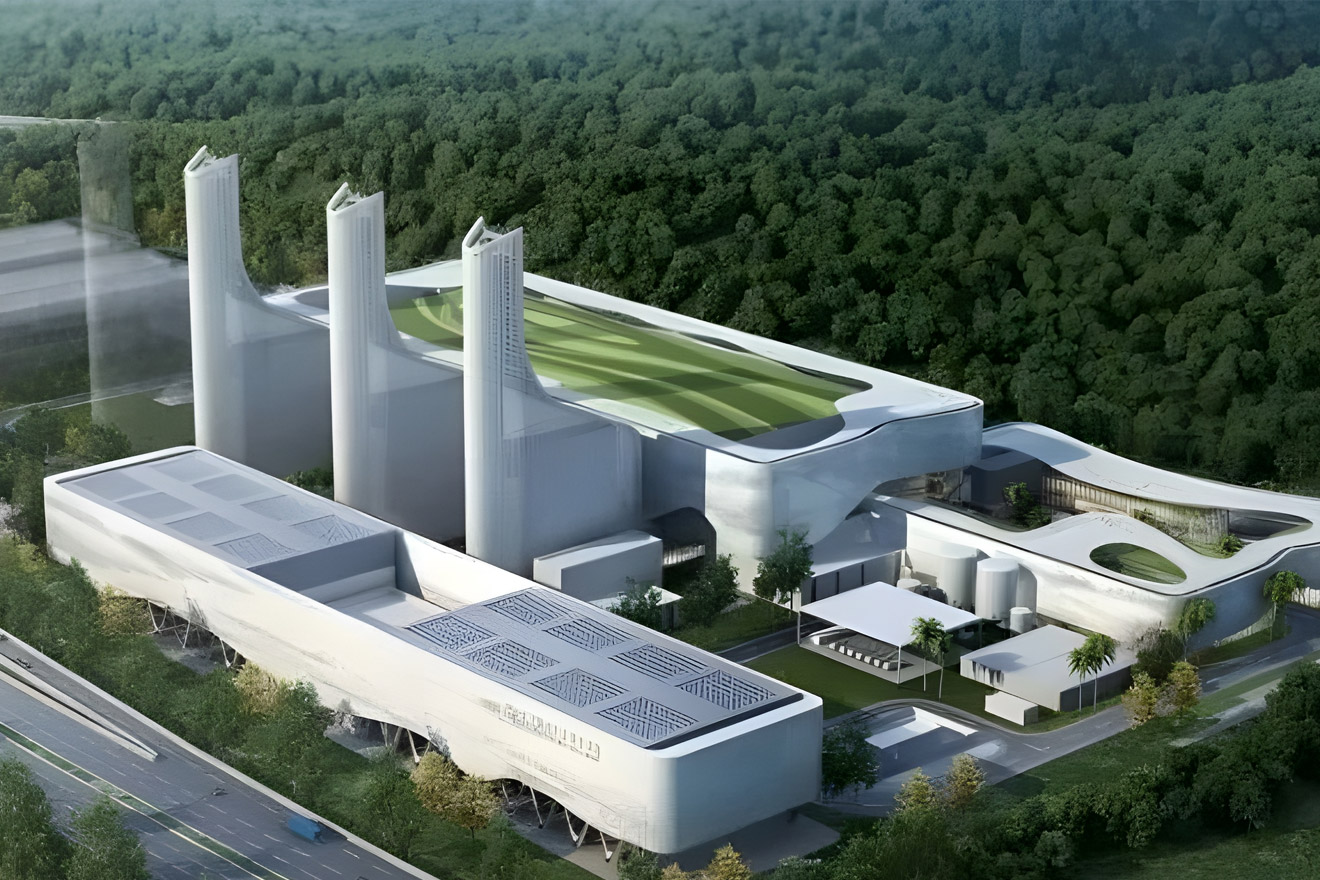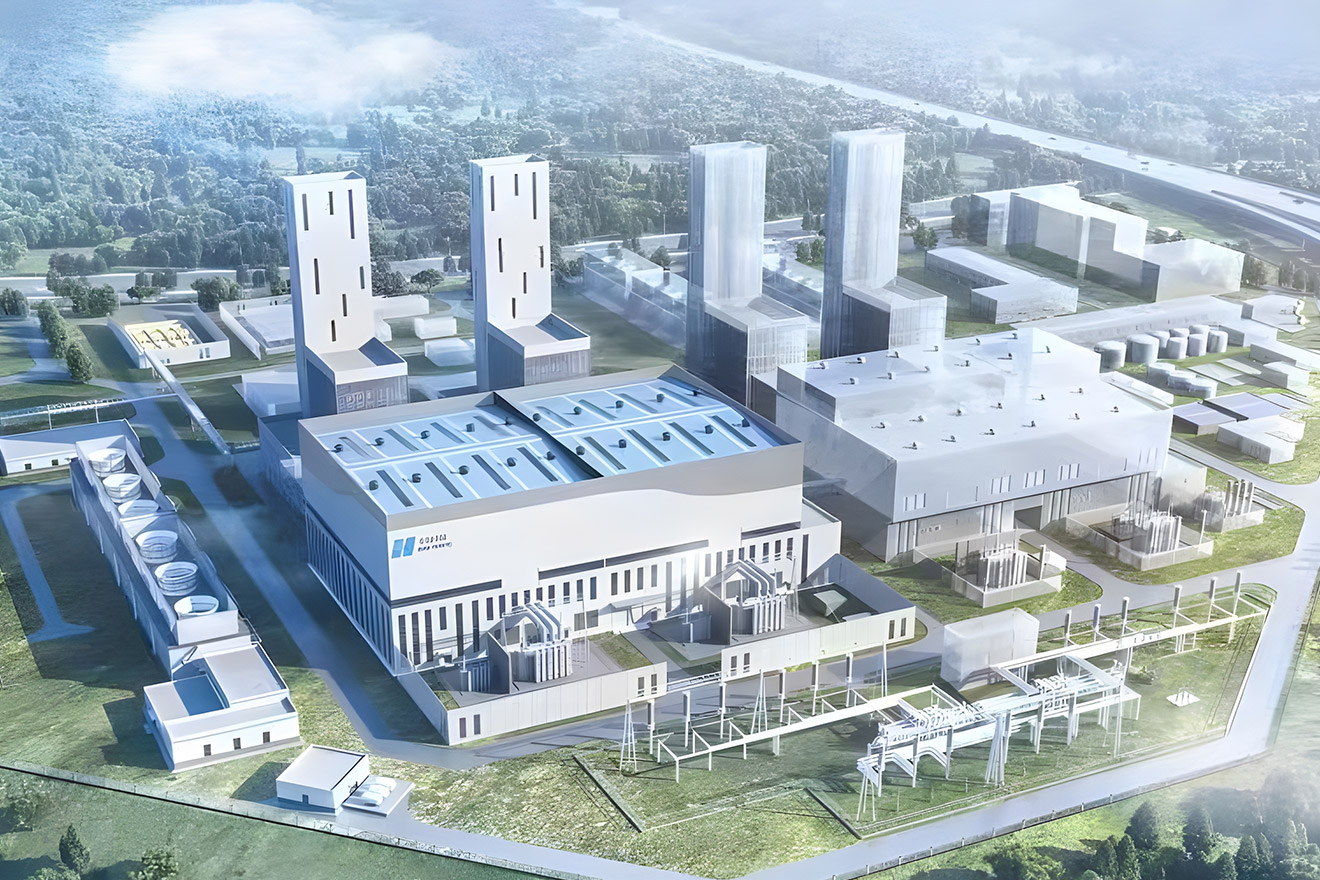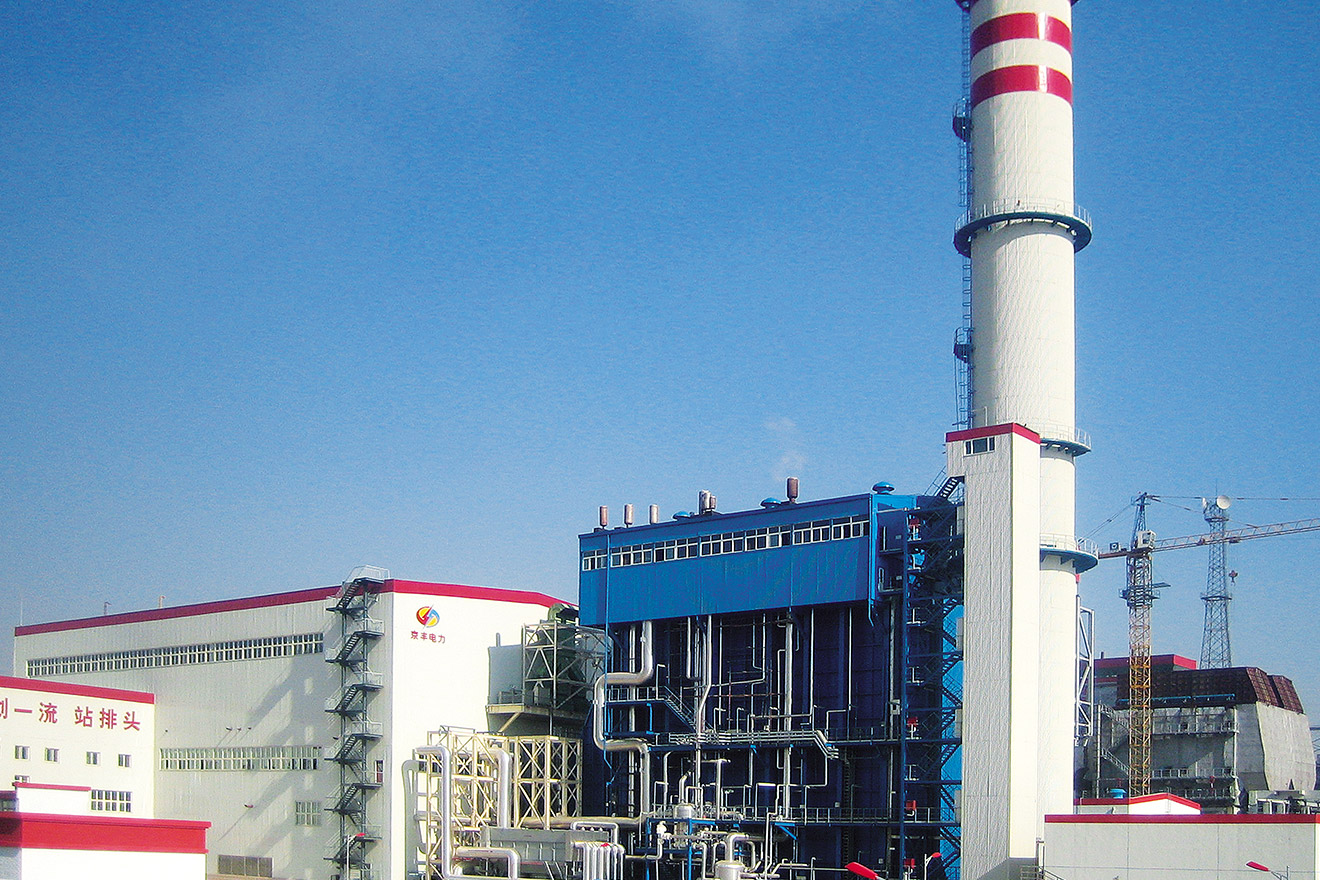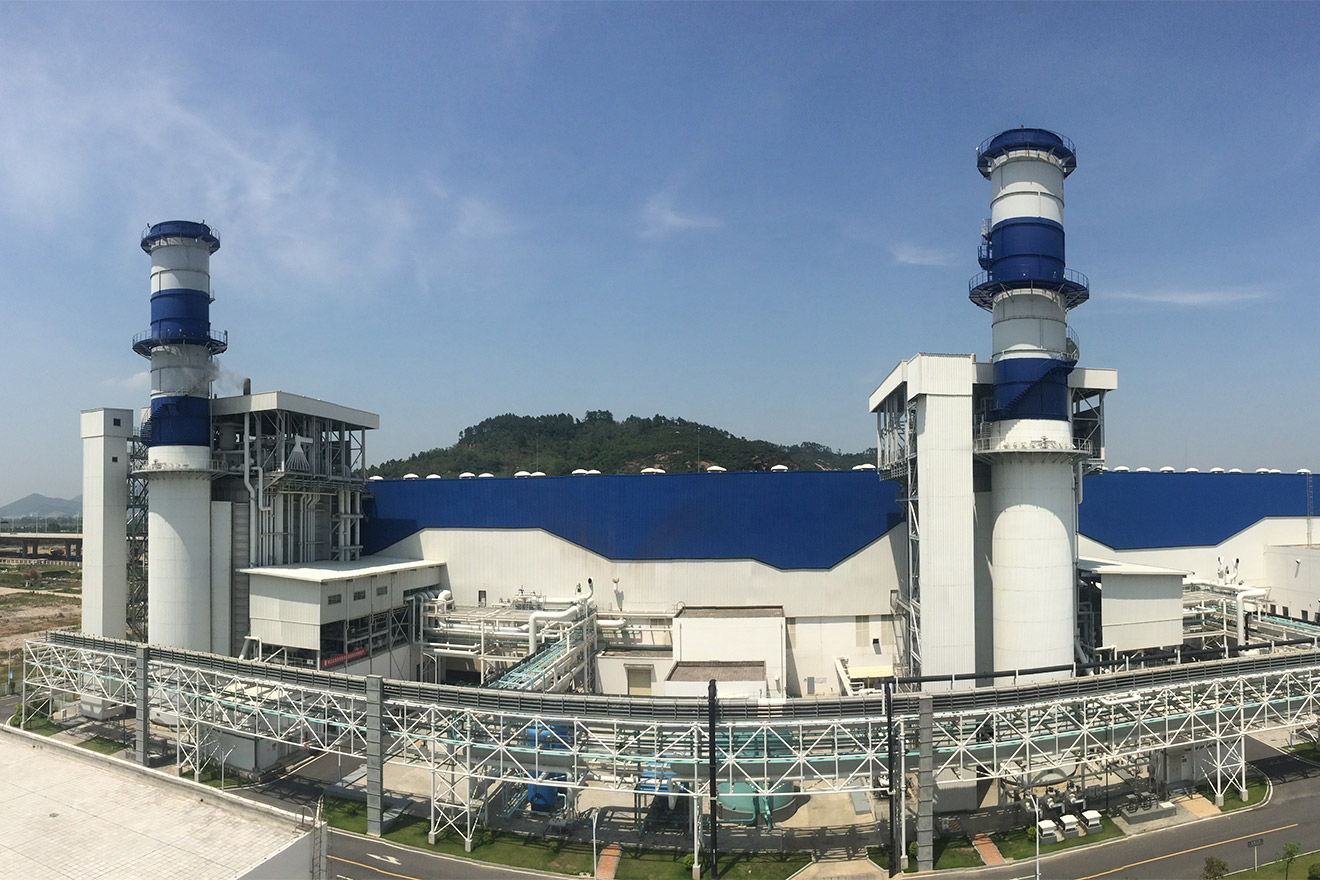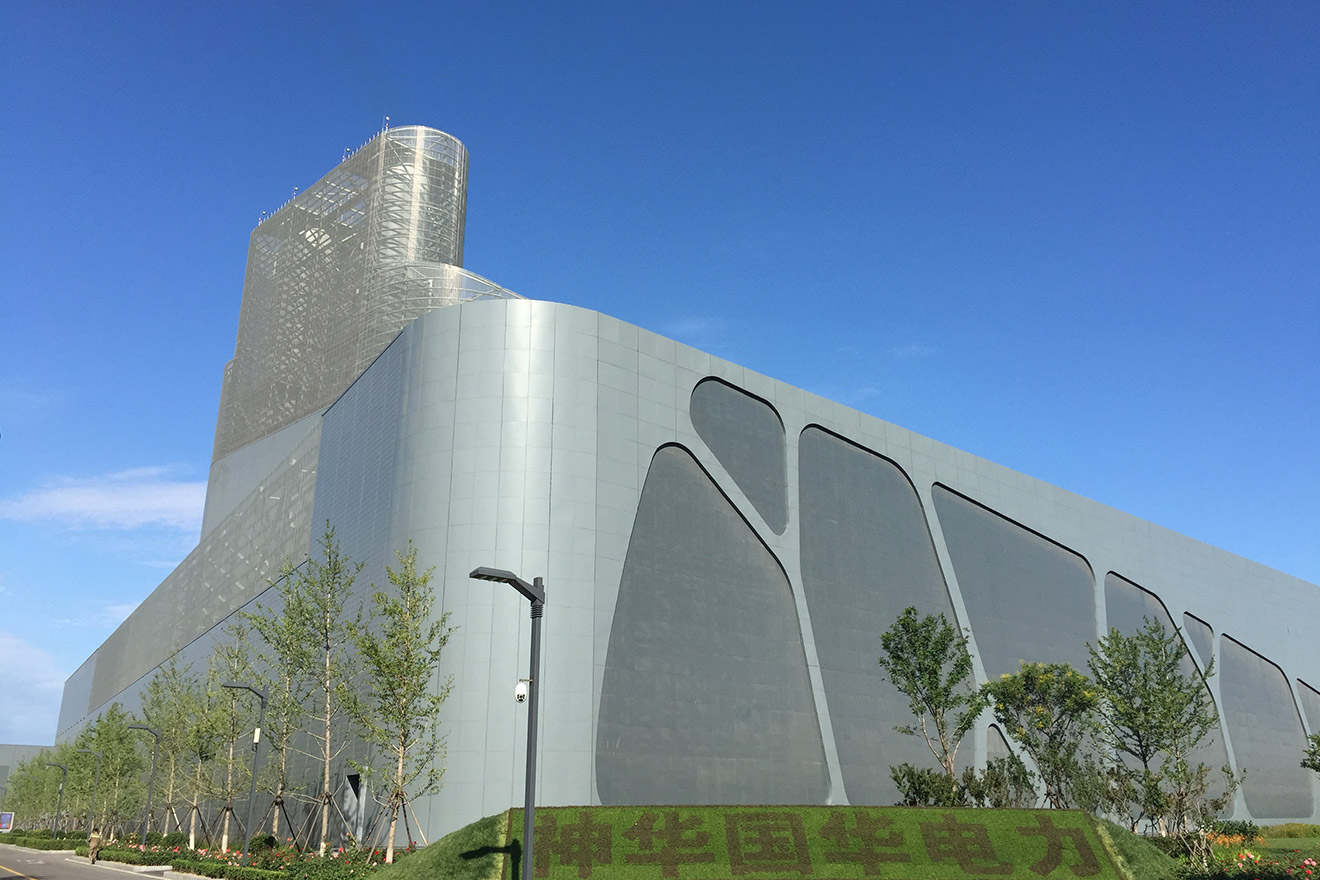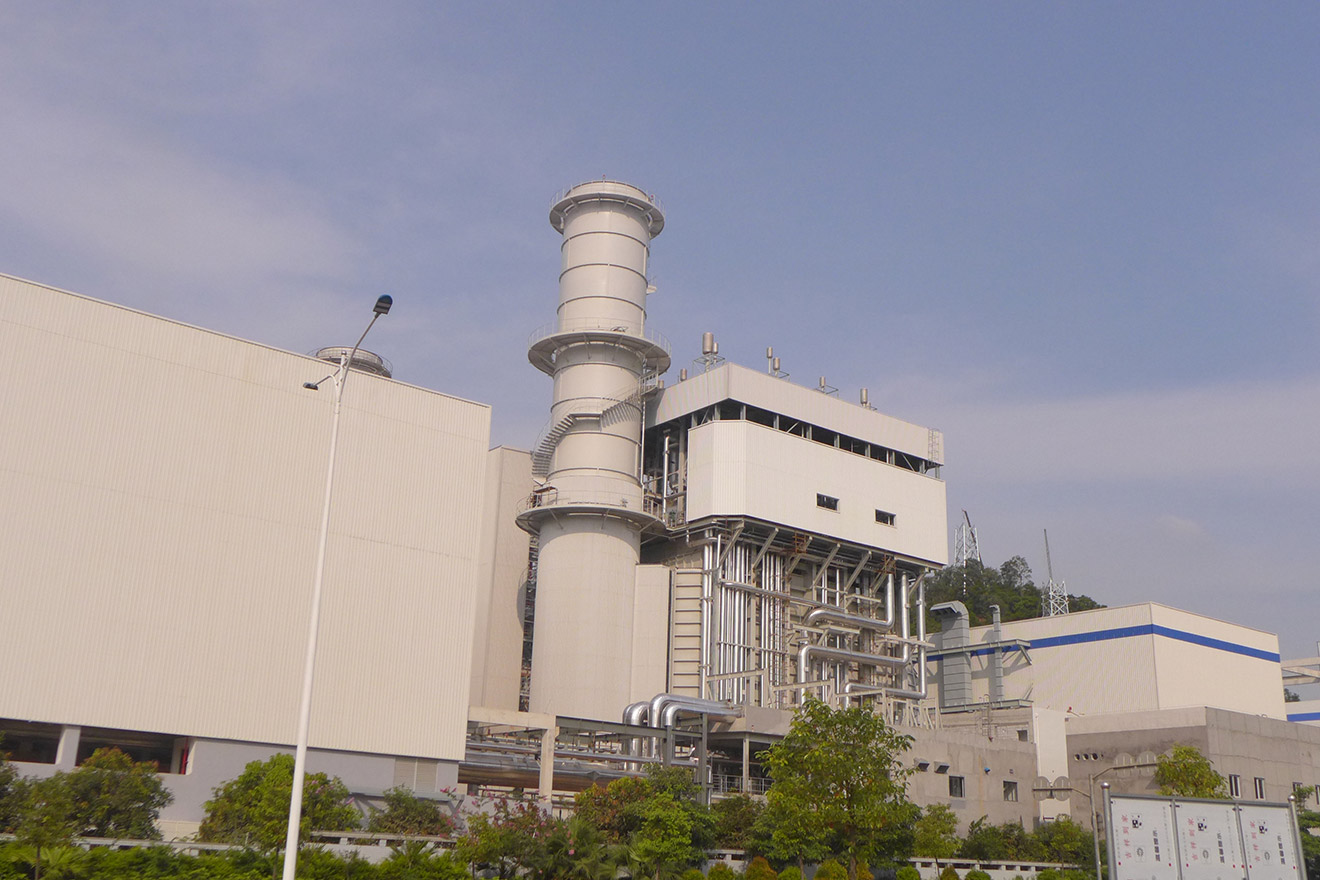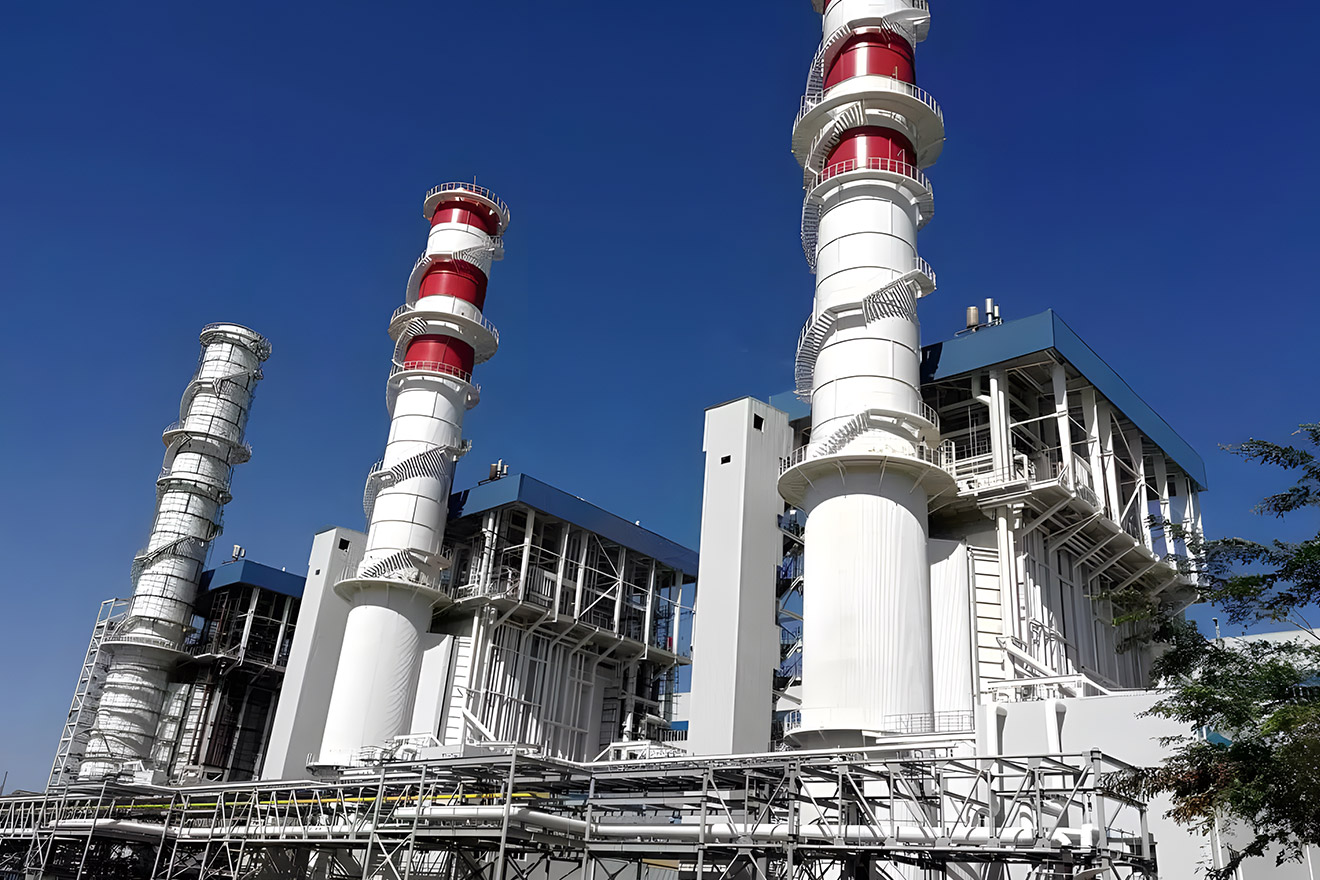In today’s industrial production landscape, efficiency and energy conservation have become pivotal benchmarks for evaluating equipment performance. As a high-efficiency heat exchange component, the H-type fin tube, with its unique design and exceptional performance, plays a vital role in numerous fields. So, amid the complex array of market demands, how exactly should one customize an H-type fin tube heat exchanger that aligns perfectly with their industrial needs?
Design Advantages of H-Type Fin Tubes and Their Industrial Applications
The design philosophy of H-type fin tubes cleverly merges high-efficiency heat transfer with structural optimization. Their distinctive H-shaped fin structure—resembling two symmetrical fins—are firmly welded to both sides of the base tube via high-frequency resistance welding. This not only significantly increases the external heat-receiving area but also creates turbulence as airflow passes through, effectively disrupting the boundary layer and thus dramatically enhancing heat exchange efficiency.
Compared to traditional spiral fin tubes, H-type fin tubes boast a smaller windward area and lower flue gas resistance for the same heat exchange area. This is particularly crucial for boiler economizers that rely on flue gas waste heat, as it can effectively reduce fan energy consumption and achieve energy savings. Additionally, the self-cleaning property of H-type fin tubes is noteworthy: their structure is less prone to dust accumulation during operation, extending equipment maintenance cycles and enhancing operational stability. This makes them especially suitable for environments with complex flue gas conditions, such as pulverized coal furnaces and biomass boilers.
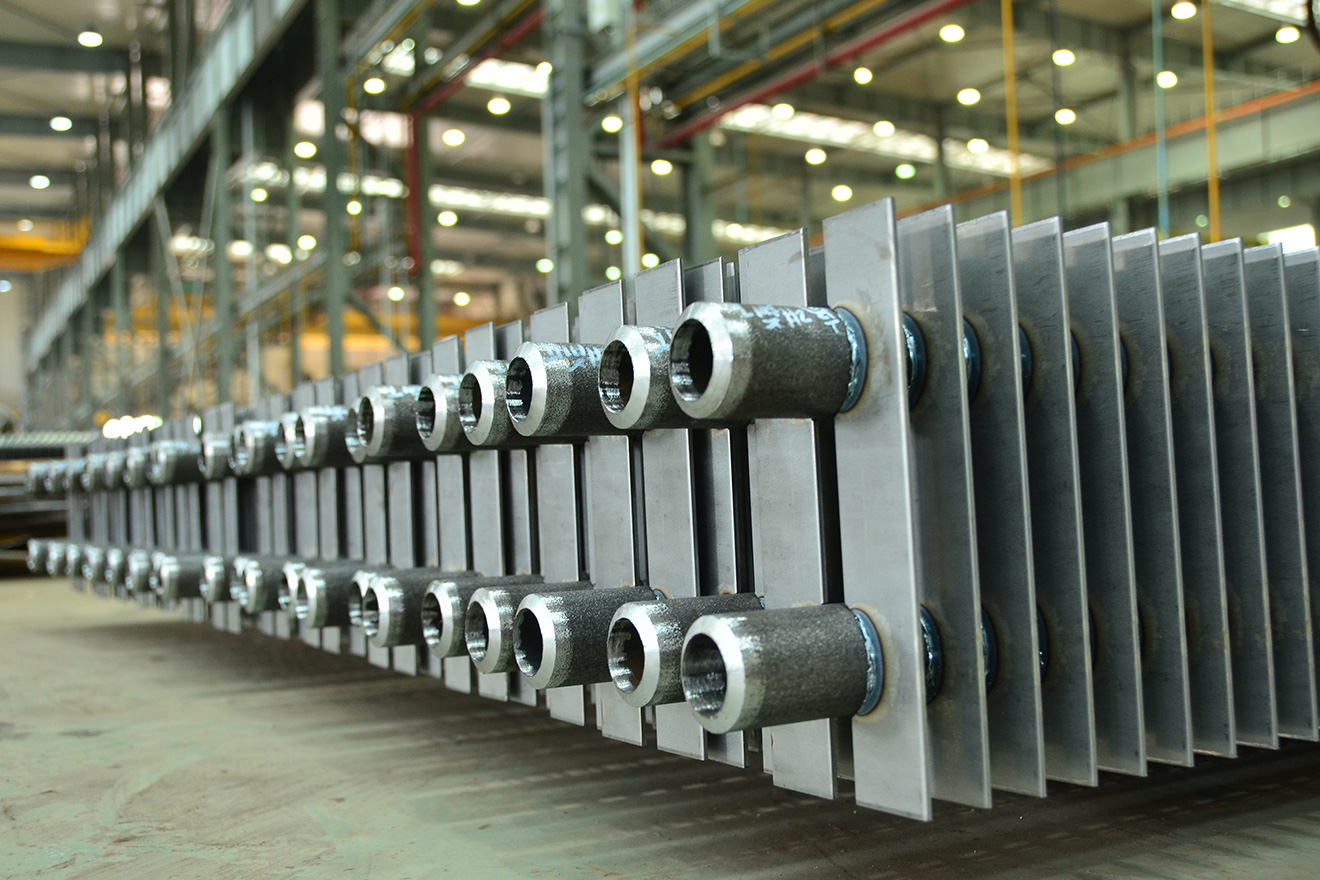
Manufacturing Process and Key Technologies for Custom H-Type Fin Tubes
Behind a qualified H-type fin tube product lies a rigorous and precise manufacturing process supported by advanced technologies. Customizing H-type fin tubes begins with accurate design based on the client’s specific operating conditions, including fluid medium, temperature, pressure, flow rate, and installation space. These parameters determine critical features such as fin height, thickness, pitch, and the material and dimensions of the base tube.
Next comes the crucial welding stage: high-frequency resistance welding is the cornerstone of ensuring the quality of the bond between fins and the base tube. This technology uses high-frequency current to generate intense heat, instantly fusing the fins and base tube without fillings to form a strong metallurgical bond. This method not only delivers high joint strength but also minimizes the heat-affected zone, preventing structural changes in the base tube due to high temperatures and thus preserving its mechanical properties.
Moreover, strict quality control runs through the entire production process to ensure long-term reliability. This includes chemical composition testing of raw materials, weld inspection of fin tubes, and hydrostatic testing of finished products—all to guarantee that every H-type fin tube leaving the factory meets stringent operational requirements.
Key Factors Influencing Heat Exchange Efficiency of H-Type Fin Tubes
The heat exchange efficiency of H-type fin tubes is not fixed; it is influenced by a combination of factors. Firstly, fin geometric parameters form the foundation of heat transfer performance: fin height and thickness directly affect the heat exchange area and heat transfer path, while fin pitch determines the smoothness of the airflow channel. An overly small pitch, though increasing area, may cause increased flue gas resistance or even ash blockage, ultimately reducing overall efficiency.
Secondly, fluid properties—such as flue gas composition, flow rate, and temperature—exert a significant impact. Higher flow rates enhance turbulence and heat transfer coefficients but also increase pressure loss. Thus, comprehensive thermodynamic calculations and fluid dynamics simulations are essential during design to strike the optimal balance.
Finally, material selection is equally critical. Different operating conditions demand varying levels of corrosion and high-temperature resistance. For example, in flue gas environments with sulfur corrosion, choosing corrosion-resistant alloy steel tubes can effectively extend service life. All these factors must be thoroughly considered during the custom design phase.
Application Cases of H-Type Fin Tubes in Diverse Industrial Scenarios
H-type fin tubes have excelled in numerous industrial fields thanks to their outstanding comprehensive performance. In boiler manufacturing, they are widely used in economizers to preheat boiler feedwater using waste heat from the boiler tail, thereby improving boiler thermal efficiency and saving fuel.
In the petrochemical industry, H-type fin tubes find application in the convection sections of heaters or cracking furnaces, recovering heat from high-temperature flue gas to preheat process fluids. In waste heat recovery, whether from kiln head/tail waste heat in cement plants or flue gas from glass furnace melting chambers, H-type fin tube heat exchangers serve as core equipment, efficiently converting industrial waste heat into usable energy and bringing significant economic and environmental benefits to enterprises.
These successful applications fully demonstrate the flexibility and adaptability of H-type fin tubes, solidifying their role as indispensable heat exchange components in modern industry.
Future Development Trends in Custom H-Type Fin Tubes
As Industry 4.0 and green manufacturing concepts advance, the future of H-type fin tubes will focus more on intelligence, high efficiency, and environmental friendliness. Tomorrow’s H-type fin tubes may integrate more intelligent sensors to monitor equipment operation in real-time, conduct big data analysis, and enable predictive maintenance.
Simultaneously, the application of new materials—such as composites or surface coating technologies—will further enhance their high-temperature and corrosion resistance, expanding their range of applications. Additionally, advancements in heat exchanger design software and simulation technologies will make custom design more precise and efficient, allowing for faster responses to clients’ personalized needs and delivering more cost-effective, high-performance solutions for industrial production.

 H/J class HRSG BoilerMHl Power Dongfang Boiler Co., Ltd. (MHDB) is proud to launch its carefully crafted H/J class HRSG p...
H/J class HRSG BoilerMHl Power Dongfang Boiler Co., Ltd. (MHDB) is proud to launch its carefully crafted H/J class HRSG p... F class HRSG BoilerThe F class HRSG, ingeniously built by MHl Power Dongfang Boiler Co., Ltd. (MHDB), has become a lead...
F class HRSG BoilerThe F class HRSG, ingeniously built by MHl Power Dongfang Boiler Co., Ltd. (MHDB), has become a lead... E class & below HRSG BoilerUsing advanced convection and radiation heat transfer technology, the layout of the heating surface ...
E class & below HRSG BoilerUsing advanced convection and radiation heat transfer technology, the layout of the heating surface ... Waste to Energy (WtE)- Municipal Solid Waste Incineration Boiler- Chemical Waste incineration Boiler- Medical Waste Incineration Boiler
Waste to Energy (WtE)- Municipal Solid Waste Incineration Boiler- Chemical Waste incineration Boiler- Medical Waste Incineration Boiler Municipal Solid Waste Incineration Boiler (WtE)The municipal solid waste incineration boiler system professionally developed and produced by MHl Po...
Municipal Solid Waste Incineration Boiler (WtE)The municipal solid waste incineration boiler system professionally developed and produced by MHl Po...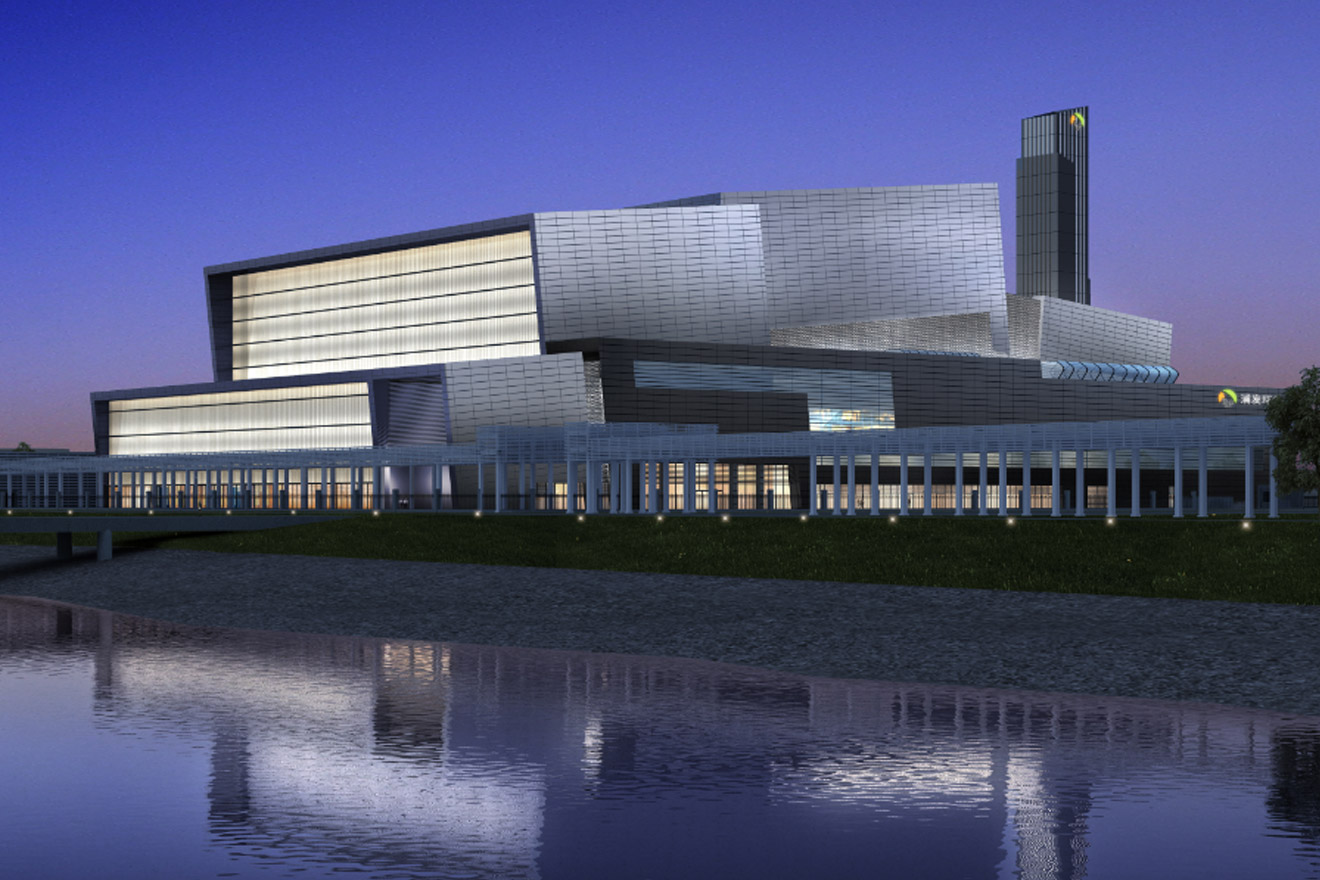 Chemical Waste Incineration Boiler (WtE)MHl Power Dongfang Boiler Co., Ltd. (MHDB), as a leading company in the field of hazardous chemical ...
Chemical Waste Incineration Boiler (WtE)MHl Power Dongfang Boiler Co., Ltd. (MHDB), as a leading company in the field of hazardous chemical ... Medical Waste Incineration Boiler (WtE)MHl Power Dongfang Boiler Co., Ltd. (MHDB) has carefully built a professional medical waste incinera...
Medical Waste Incineration Boiler (WtE)MHl Power Dongfang Boiler Co., Ltd. (MHDB) has carefully built a professional medical waste incinera... Other Boiler- Benson Once-through Boiler- Natural Circulation Drum Boiler - Special Boiler
Other Boiler- Benson Once-through Boiler- Natural Circulation Drum Boiler - Special Boiler Benson Once-through Boiler (300MW and Above)Benson Once-through Boiler (300MW and Above) use advanced direct-flow combustion technology, and ach...
Benson Once-through Boiler (300MW and Above)Benson Once-through Boiler (300MW and Above) use advanced direct-flow combustion technology, and ach... Natural Circulation Drum Boiler (200MW and Below)MHl Power Dongfang Boiler Co., Ltd. (MHDB), as a leader in energy equipment manufacturing, focuses o...
Natural Circulation Drum Boiler (200MW and Below)MHl Power Dongfang Boiler Co., Ltd. (MHDB), as a leader in energy equipment manufacturing, focuses o... Special BoilerMHl Power Dongfang Boiler Co., Ltd. (MHDB), as a leading manufacturer in the field of Special Boiler...
Special BoilerMHl Power Dongfang Boiler Co., Ltd. (MHDB), as a leading manufacturer in the field of Special Boiler...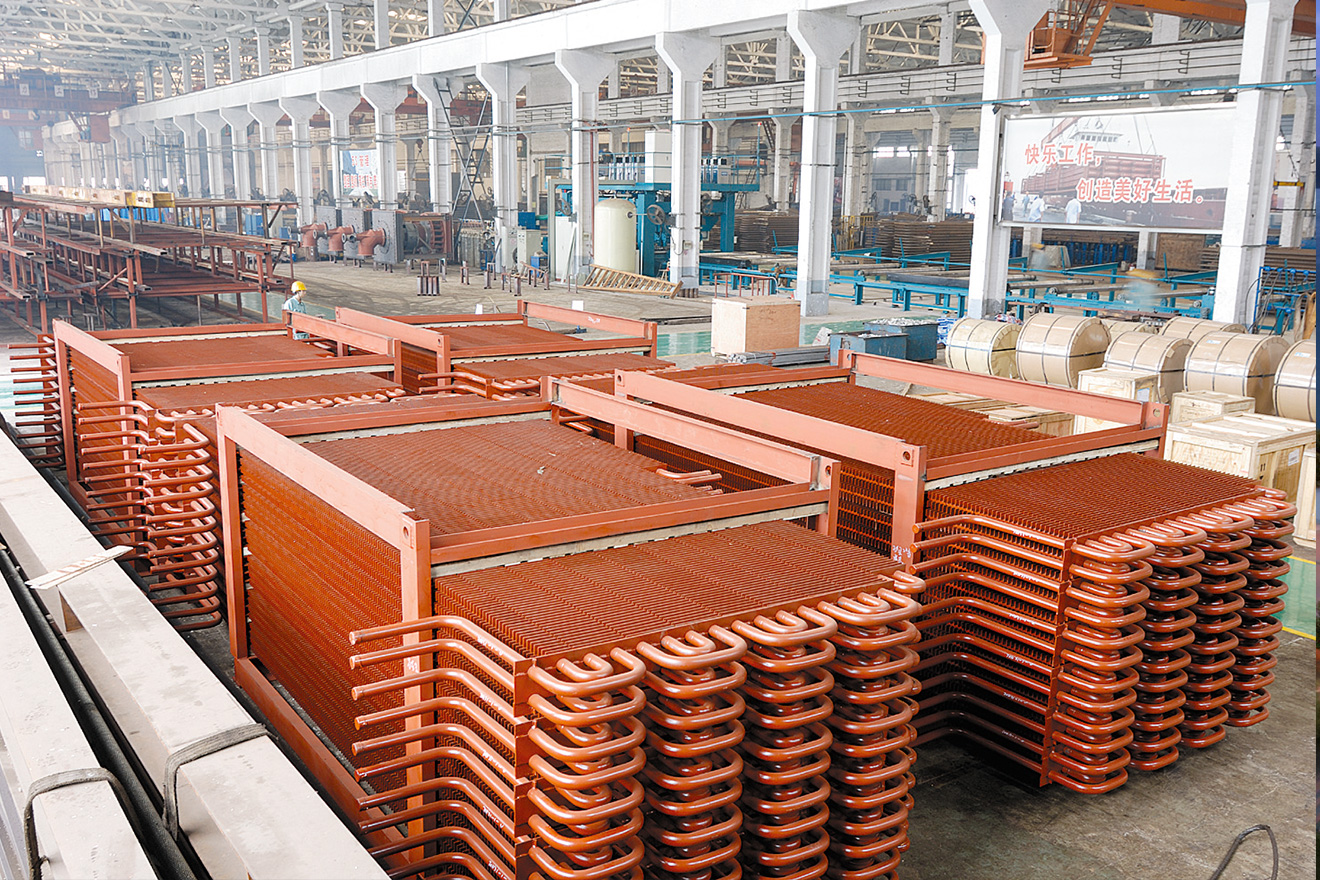 Service - Power UpratingH-type finned tube adopted flash resistance welding technology, welding two square steel plates with circular arc gaps in the middle to the bare tube.H-type finned tube has following characteristices:-Excellent heat transfer efficiency-small flow resistance of flue gas-Good antifly ash wear resistan...
Service - Power UpratingH-type finned tube adopted flash resistance welding technology, welding two square steel plates with circular arc gaps in the middle to the bare tube.H-type finned tube has following characteristices:-Excellent heat transfer efficiency-small flow resistance of flue gas-Good antifly ash wear resistan...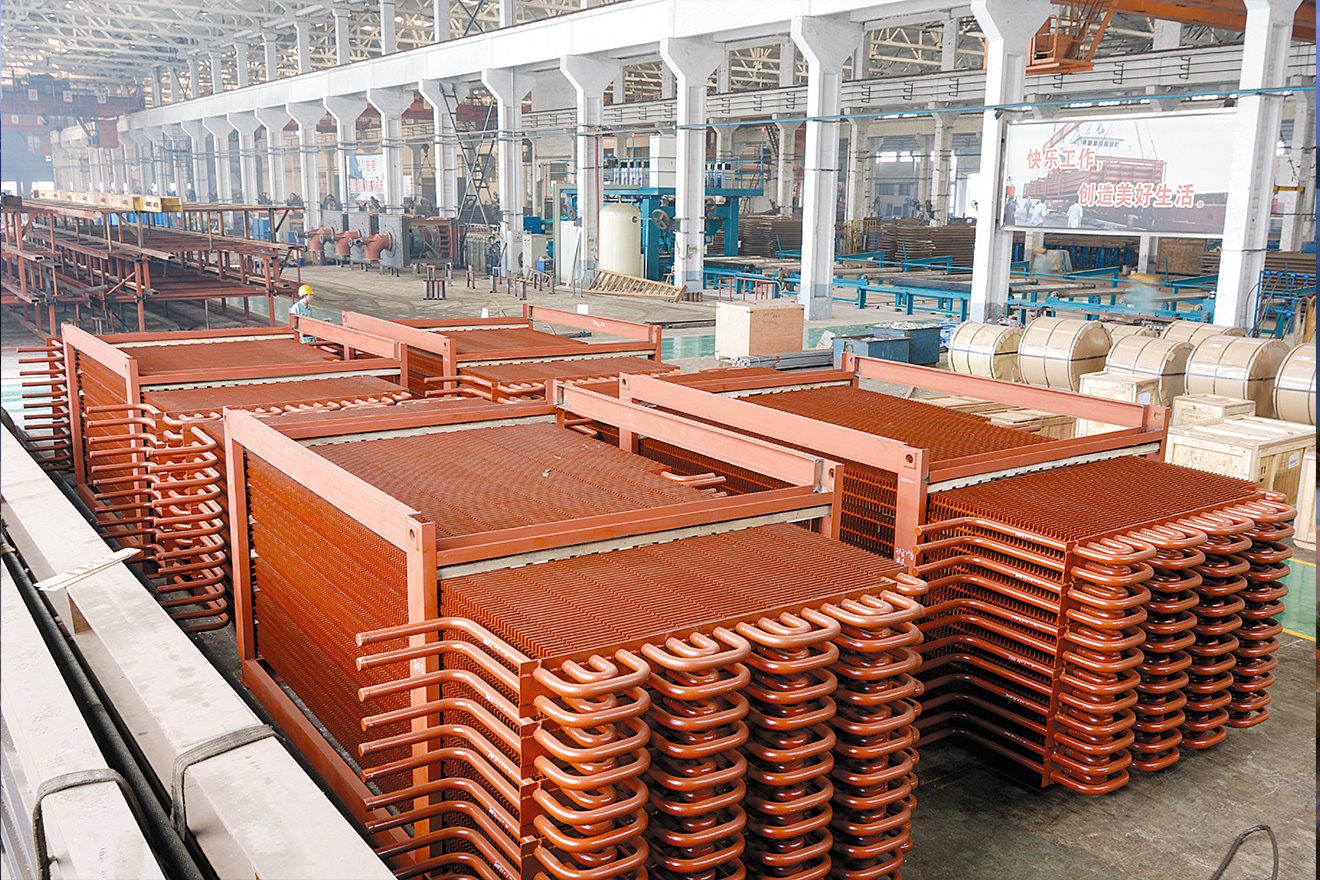 H-type Finned TubeH-type finned tube adopted flash resistance welding technology, welding two square steel plates with...
H-type Finned TubeH-type finned tube adopted flash resistance welding technology, welding two square steel plates with...

 En
En  中文简体
中文简体
